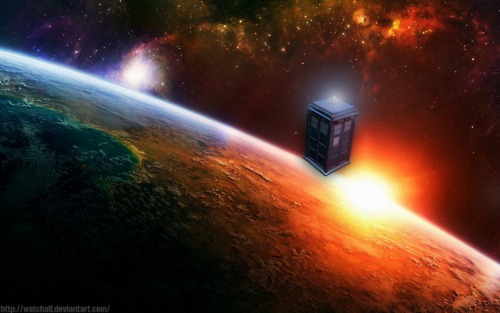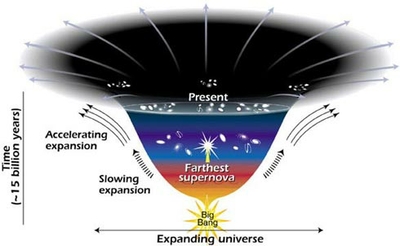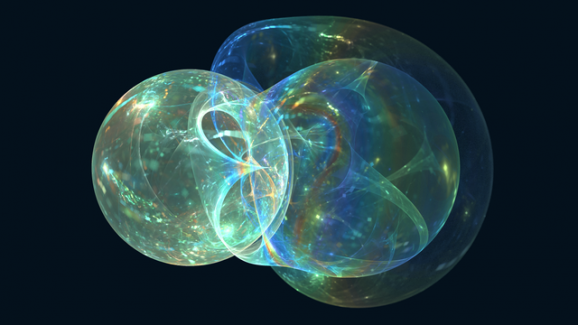The TARDIS May Help Explain The Acceleration Of The Universe
 Is there anything the TARDIS can’t do?
Is there anything the TARDIS can’t do?
Scientists from the University of Helsinki are using the TARDIS as a model of how our universe might work — namely, that it seems to be bigger on the inside than it is on the outside. They call this theory “TARDIS spacetime,” which sounds like a pretty awesome spin-off.
So…what exactly is TARDIS spacetime attempting to explain? Why, the mysterious acceleration of the universe, of course!
The universe is expanding, but logic would dictate that its expansion would slow down over time, due to gravity. But through observations of supernova, scientists have learned that the universe is expanding faster than it did before. Scientists have long pondered this mystery, trying to account for it. Even Einstein tried his hand at the problem back when the conventional view of the universe was that it was neither expanding nor contracting. He proposed something called the cosmological constant, which represents the density of energy in space, as an add-on to his theory of general relativity. Einstein later said he regarded the cosmological constant as one of his greatest mistakes. But when the Hubble revealed that the universe is indeed expanding, the cosmological constant unexpectedly attained new relevance.

In a nutshell, Einstein did what scientists since have done — try to figure out what forces are out there in the universe that affects its expansion. Something is causing the expansion to accelerate, but no one knows what. There are a few possible explanations, Einstein’s cosmological constant being one of them, or a modification of it in the form of “cosmic acceleration.” Another is that there’s some other form of energy out there that fills space. Scientists generally refer to the elusive force as dark energy, which they believe comprises about 68% of the universe.
Here’s where TARDIS spacetime (this sounds like the best party game ever!) comes in. Scientist Mikko Lavinto and the rest of the University of Helsinki team think that maybe the universe’s expansion isn’t accelerating after all. It just looks like it is. The status quo, she is quite upset.
Lavinto and his colleagues believe that, just like the Doctor’s TARDIS, parts of space are bigger on the inside than they are on the outside. Their study involved taking a model of the universe and replacing certain areas with areas of bigger volume. In their paper, they posit that some regions of spacetime curve, and thus have bigger surface areas than flat regions. If the Universe has these regions, then expansion would cause their volume to grow more quickly, which could make it appear that the whole universe was expanding. They theorize that these TARDIS regions would behave like voids, or low-density areas. Among others, there’s one particular void in the universe that’s one billion light years across. Think of how many Doctors would fit in there!

While the idea is certainly intriguing, for now it remains one theory of many. The biggest problem with this idea is that these curved TARDIS regions would cause light to bend and behave differently than what we’ve thus far observed, so the idea doesn’t quite square with what we know (or what we think we know).
Still, how cool would it be to say that the universe is made up of countless TARDIS regions? Maybe the Doctor can investigate in season 8.











